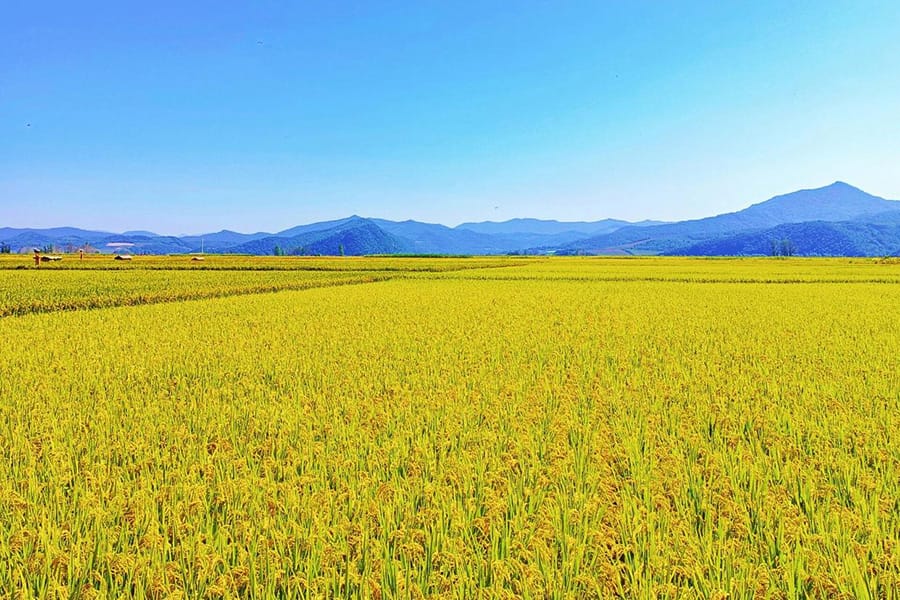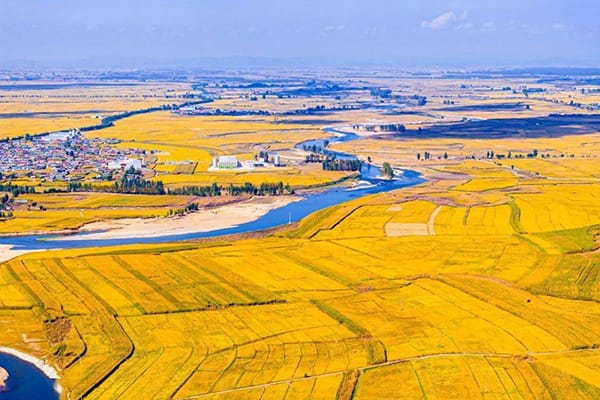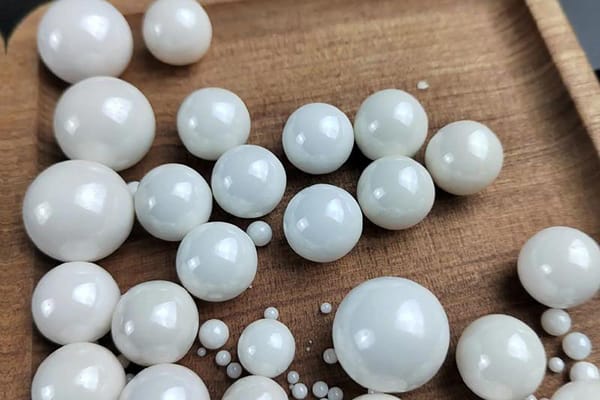Кремнезем Дым (Микрокремнезем) Для химических удобрений

Как побочный продукт промышленного плавки кремния, Силика Fume уже давно сталкивается с отходами ресурсов и экологическим давлением из-за отсутствия применений с высокой стоимостью добавленной стоимости. В последние годы, Применение кремнезема в области химических удобрений постепенно стало исследовательской точкой с увеличением спроса на микроэлементы в сельскохозяйственной науке. Эта статья начинается с физических и химических свойств кремнезема, Систематически анализирует его технический путь, Функциональные преимущества и перспективы рынка в производстве химических удобрений, и исследует потенциал индустриализации в сочетании с практическими случаями, чтобы обеспечить научную основу для эффективного и находчивого использования кремнезема.
1. Физико -химические свойства и сельскохозяйственная пригодность кремнезема
Кремнеземный дым (Микрокремнезем) Является ли ультрадисменная пыль, производимая в процессе плавки ферросиликона или промышленного кремния, Основным компонентом которого является аморфный диоксид кремния (Sio₂ содержание ≥ 90%), со следующими характеристиками:
- Высокая активность: удельная площадь поверхности 20-28 м²/г, намного выше цемента и летучей золы, с сильной адсорбцией и химической активностью;
- Многоэлементный композит: В дополнение к кремнию, Он также содержит кальций, магний, серная и другие средние элементы и железо, Марганец и другие следовые элементы, который можно напрямую использовать в качестве питательных веществ в почве;
- Характеристики защиты окружающей среды: содержание хэви -метала намного ниже национального стандарта, Нет риска вторичного загрязнения.
В области сельского хозяйства, Кремний является четвертым основным элементом роста урожая, который может повысить прочность на клеточных стенках растительных клеток, улучшить сопротивление коллапсу, и продвигать фотосинтез. Традиционные кремниевые удобрения в основном используют силикатные минералы или остатки промышленных отходов, Но есть такие проблемы, как сложность активации и медленное высвобождение питательных веществ. Силикам идеально подходит для улучшения кислой почвы из -за его высокого активного содержания кремния (20-30%) и слабые щелочные характеристики.
2. Технический путь кремнезема в производстве удобрений
2.1 Соединение сырья и дизайн процесса
На основе запатентованной технологии (например. Патент CN «метод использования кремнезема для производства среднего количества элементарных удобрений»), Производство кремнезема для химических удобрений требует следующих шагов:
- Смешивание сырья: Микросилика (20-80%), гипс (5-70%), Доломит (5-65%) и вспомогательные добавки (например. калийный полевой шпат, нитрат марганца, и т. д.), Благодаря оптимизации соотношения для достижения синергетического эффекта кальция, кремний, Магний и сера;
- Процесс активации: низкотемпературная жаркая (800-1100℃) Технология принята, в сочетании с дополнительными добавками, чтобы снизить температуру разложения кремнезема, так что эффективная скорость активации кремнезема увеличивается до 20-30%;
- Процесс формирования: Через мяч, сушка, грануляция и другие процессы, он превращается в слабощелостные гранулированные удобрения (pH 8.0-9.0) с размером частиц 1-2 см, который подходит для механизированного распространения.
2.2 Технические преимущества
- Энергетическая экономия и снижение потребления: по сравнению с традиционным процессом производства удобрений кремния, Технология низкой температуры активации снижает потребление энергии более чем на 30%;
- Баланс питательных веществ: Составное соотношение эффективного оксида кальция (≥25%), кремнезый (≥20%), оксид магния (≥5%) и серый триоксид (≥5%) В готовом удобрении может удовлетворить диверсифицированные потребности сельскохозяйственных культур для средних и больших элементов;
- Защита окружающей среды: Использование промышленных твердых отходов в качестве сырья, Реализация переработки ресурсов, В соответствии с стратегической ориентацией «двойного углерода».
3. Сельскохозяйственное применение эффект удобрения кремнезема

3.1 Улучшение почвы и повышение урожая
- Кислотное восстановление почвы: Слабая щелочность кремнезема может нейтрализовать кислотность почвы и повысить значение pH, во время дополнения кремния, кальций и другие элементы для усиления зернистого структуры почвы;
- Усиление заболевания и стрессовой устойчивости: Экспериментальные данные провинции Юньнан показывают, что средний выход риса, оплодотворенных удобрениями кремнезема 8.2%, и частота рисового взрыва была уменьшена 40%;
- Улучшение качества экономических культур: в чайном посадке, Кремниевое удобрение может увеличить содержание аминокислот и улучшить вкус чая.
3.2 Практические случаи применения
- Рисовое поле в провинции Джилин: применение удобрений на основе кремнезема для 5 последовательные годы, Среднее увеличение доходности MU 51.2 кг, увеличение доходности 12.8%;
- Арахисовый посадка: в почве с серьезным дефицитом кремния, Кремневое удобрение удваивает урожайность, и остаток хэви -метала намного ниже национального стандарта.
Заключение и перспектива
Применение кремнезема в области удобрений не только решает экологические проблемы накопления промышленного побочного продукта, но также обеспечивает эффективное и экологически чистое решение для улучшения почвы для современного сельского хозяйства. В будущем, с дальнейшими прорывами в технологии активации и углублением зеленого трансформации в сельском хозяйстве, Ожидается, что удобрение кремнезема станет одной из основных категорий на сельскохозяйственном рынке.
Как ведущая компания в китайской индустрии кремнезема, HSA (Хэнань Супериор Абразивс) может способствовать крупномасштабному применению удобрений кремнезема с помощью технического сотрудничества и интеграции отраслевой цепочки, и помочь устойчивому развитию глобального сельского хозяйства.
Вас также может заинтересовать…
Связаться с нами
Получить бесплатное предложение
Основан в 2001, HSA является ведущим поставщиком кремнезема и абразивов в Китае., а также поставщик высококачественной продукции премиум-класса для бетонной и абразивной промышленности..



